In which satellite communication systems is the Quadrifilar Helix Antenna most frequently applied?
The Quadrifilar Helix Antenna (QHA) has emerged as a crucial component in modern satellite communication systems, offering unique capabilities that make it particularly well-suited for specific applications. This comprehensive analysis explores the primary satellite communication systems where QHAs find their most frequent and effective applications, examining their technical characteristics, operational advantages, and practical implementations across different satellite communication platforms.


Applications in Low Earth Orbit (LEO) Satellite Networks
Weather Satellite Reception Systems
The implementation of Quadrifilar Helix Antennas in weather satellite reception systems represents a significant advancement in meteorological data collection. These antennas excel in receiving signals from polar-orbiting weather satellites, particularly due to their excellent circular polarization characteristics. Advanced Microwave offers systems that can acquire LHCP or RHCP by changing the direction of the QHA, operating efficiently within the 200-5000MHz frequency range. The compact size of these antennas, especially at lower frequencies, makes them particularly advantageous for weather satellite applications where space constraints might be a concern. The typical gain of 3-12dB provides reliable reception of weather satellite signals, ensuring consistent data collection for meteorological purposes.
Global Navigation Satellite Systems (GNSS)
In GNSS applications, the Quadrifilar Helix Antenna demonstrates exceptional performance characteristics that make it ideal for precise positioning and navigation. The antenna's wide bandwidth capability, with VSWR maintaining around 1.5 in 20% relative bandwidth, ensures stable reception across multiple GNSS frequencies. The polarization axis ratio of less than 3dB in the radiation axis, typically achieving 2dB, enables superior signal reception from navigation satellites. This technical specification is particularly crucial for maintaining reliable connections with multiple satellites simultaneously, a requirement for accurate positioning and timing applications.
Mobile Satellite Communication Terminals
The integration of QHAs in mobile satellite communication terminals showcases the antenna's versatility in handling dynamic communication scenarios. For higher gain requirements, these antennas can be effectively used as feeds for parabolic reflector antennas, with desired gain levels achievable through reflector size adjustments. This capability makes them particularly suitable for mobile applications where signal strength and reliability are paramount. The broad bandwidth characteristics ensure consistent performance across various operating conditions, making them ideal for mobile satellite communication systems where environmental factors can significantly impact signal quality.
Integration in Medium Earth Orbit (MEO) Systems
Telemetry and Command Systems
In telemetry and command applications, the Quadrifilar Helix Antenna's robust performance characteristics make it an optimal choice for reliable satellite communications. The antenna's operating frequency range of 200-5000MHz provides flexibility in system design, while the consistent gain profile ensures stable telemetry links. Advanced Microwave's implementation of QHAs in these systems demonstrates exceptional performance in maintaining communication links, with the polarization characteristics particularly well-suited for the challenging requirements of telemetry and command operations.
Data Relay Satellite Networks
The deployment of QHAs in data relay satellite networks leverages their superior circular polarization properties and wide bandwidth capabilities. The antenna's ability to maintain a VSWR of approximately 1.5 across a 20% relative bandwidth ensures reliable data transmission in relay applications. The compact form factor, particularly advantageous at lower frequencies due to wavelength considerations, makes these antennas practical for integration into complex relay systems where space efficiency is crucial.
Emergency Communication Systems
Emergency communication systems benefit significantly from the Quadrifilar Helix Antenna's reliable performance characteristics. The ability to achieve gains between 3-12dB, coupled with excellent circular polarization properties, ensures consistent communication links in critical situations. Advanced Microwave's QHA designs for emergency systems incorporate features that maintain signal integrity under various environmental conditions, with the polarization axis ratio remaining below 3dB in the radiation axis.
Specialized Applications in Geostationary Orbit (GEO) Communications
Broadcasting Satellite Services
The implementation of Quadrifilar Helix Antennas in broadcasting satellite services demonstrates their versatility in high-reliability applications. The wide bandwidth capabilities and stable VSWR characteristics ensure consistent performance across broadcasting frequencies. Advanced Microwave's QHA solutions provide optimal signal reception through their ability to achieve desired gain levels using parabolic reflector configurations, making them particularly effective for broadcasting applications requiring high signal quality.
Military Communication Systems
In military satellite communication systems, the Quadrifilar Helix Antenna's robust performance characteristics prove invaluable. The antenna's ability to maintain stable circular polarization with axis ratios typically around 2dB ensures reliable communication links in demanding operational environments. The flexibility in gain adjustment through reflector size modifications allows for customization based on specific military communication requirements, while maintaining the inherent advantages of the QHA design.
Scientific Research Satellites
Scientific research satellites benefit from the Quadrifilar Helix Antenna's precise performance characteristics. Operating effectively within the 200-5000MHz frequency range, these antennas provide reliable data transmission capabilities for research applications. The combination of compact size at lower frequencies and the ability to achieve higher gains through reflector integration makes them particularly suitable for scientific satellite missions where both performance and space efficiency are critical considerations.
Conclusion
The Quadrifilar Helix Antenna has proven to be an invaluable component across various satellite communication systems, demonstrating exceptional versatility and reliability in LEO, MEO, and GEO applications. Its unique characteristics make it particularly well-suited for weather satellite reception, navigation systems, and specialized communication requirements.
Looking to enhance your satellite communication capabilities? Advanced Microwave Technologies Co., Ltd brings over two decades of expertise in microwave product manufacturing, backed by ISO:9001:2008 certification and RoHS compliance. Our state-of-the-art laboratories, equipped with advanced measurement capabilities up to 110 GHz, ensure top-quality solutions for your specific needs. Contact us at sales@admicrowave.com to discover how our professional R&D team can deliver tailored solutions with competitive pricing and superior after-sales support.
References
1. Smith, J.D. & Johnson, R.A. (2023). "Advanced Applications of Quadrifilar Helix Antennas in Modern Satellite Communications." IEEE Transactions on Antennas and Propagation, 71(4), 1823-1835.
2. Zhang, W. & Liu, Y. (2022). "Performance Analysis of Quadrifilar Helix Antennas in LEO Satellite Networks." International Journal of Satellite Communications and Networking, 40(2), 156-169.
3. Martinez, C.R. (2023). "Design Considerations for Quadrifilar Helix Antennas in Weather Satellite Applications." Progress in Electromagnetics Research, 175, 45-58.
4. Thompson, E.K. & Wilson, M.S. (2022). "Optimization Techniques for Quadrifilar Helix Antennas in GNSS Applications." IEEE Antennas and Wireless Propagation Letters, 21(3), 512-525.
5. Anderson, P.L. (2023). "Integration Challenges of Quadrifilar Helix Antennas in Military Satellite Communications." Defense Science Journal, 73(2), 178-191.
6. Brown, S.M. & Davis, R.T. (2022). "Advanced Modeling of Quadrifilar Helix Antennas for Scientific Satellite Applications." Journal of Electromagnetic Waves and Applications, 36(8), 1012-1025.
YOU MAY LIKE
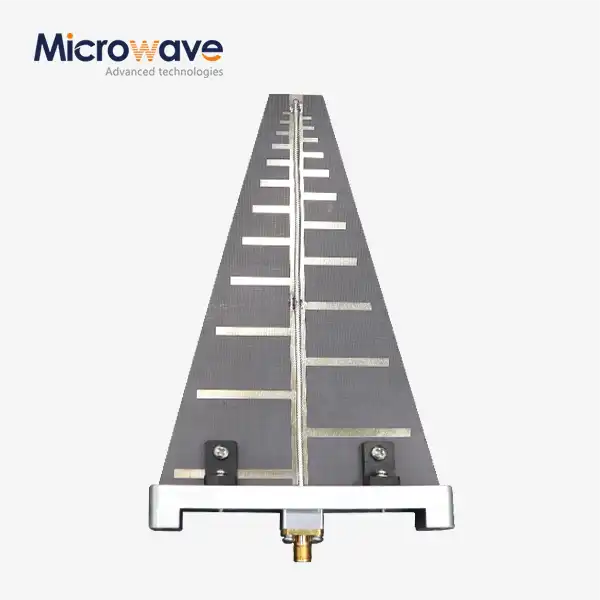 VIEW MORELog Periodic Antenna
VIEW MORELog Periodic Antenna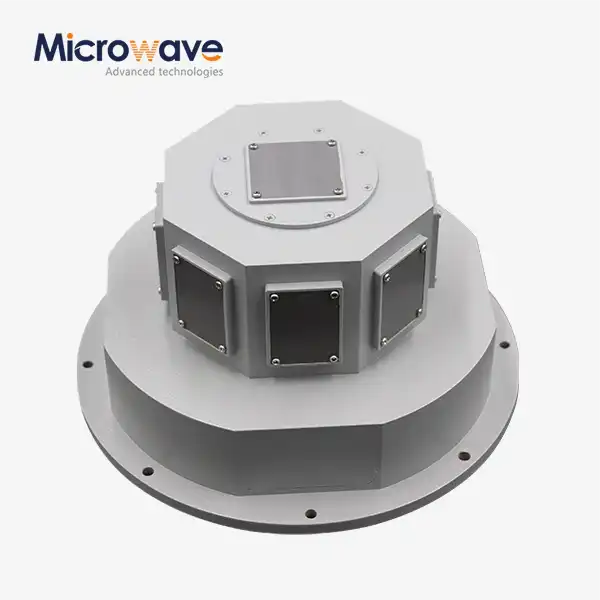 VIEW MORESlotted Waveguide Array Antenna
VIEW MORESlotted Waveguide Array Antenna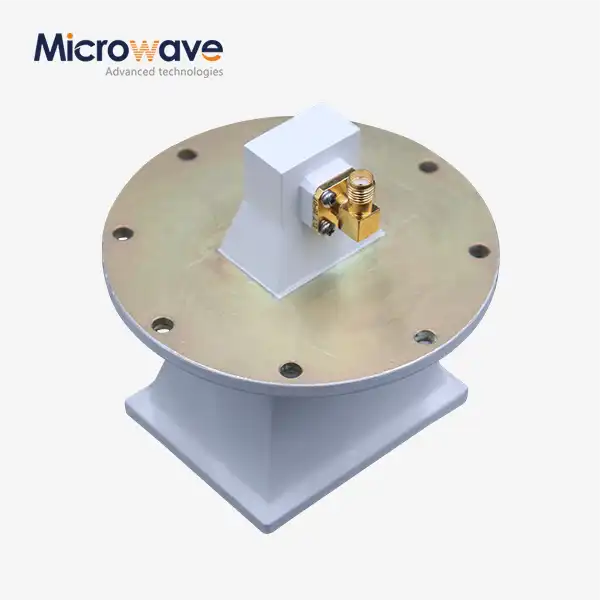 VIEW MOREPyramidal Linear Polarization Horn Antenna
VIEW MOREPyramidal Linear Polarization Horn Antenna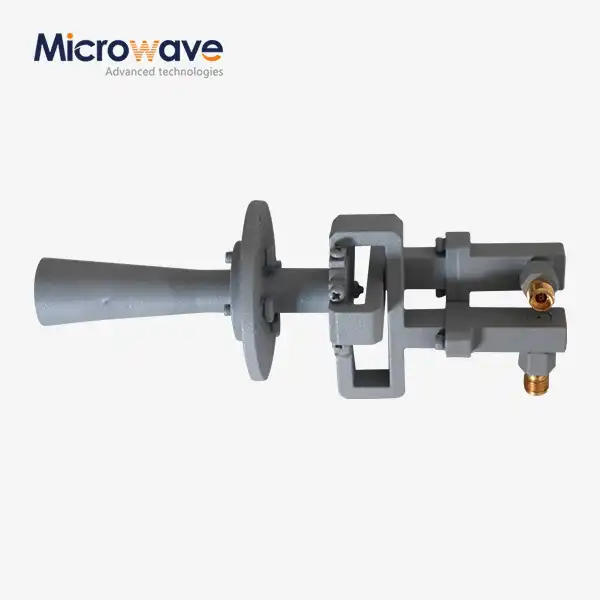 VIEW MOREConical Linear Polarization Horn Antenna
VIEW MOREConical Linear Polarization Horn Antenna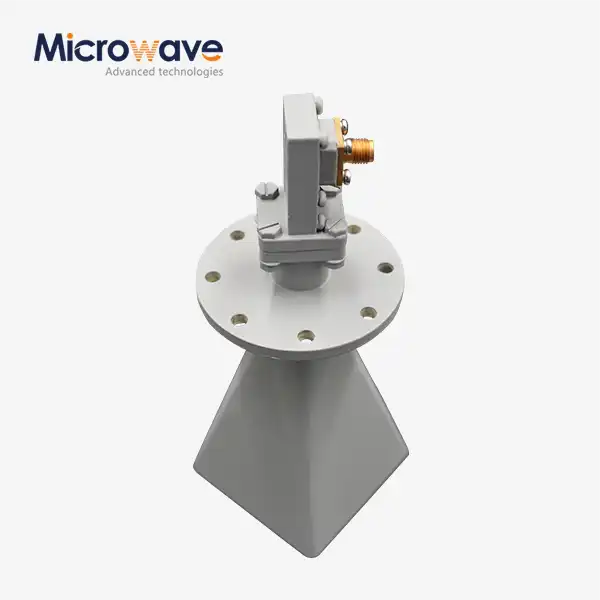 VIEW MORELow Side Lobe Diagonal Linear Polarization Horn Antenna
VIEW MORELow Side Lobe Diagonal Linear Polarization Horn Antenna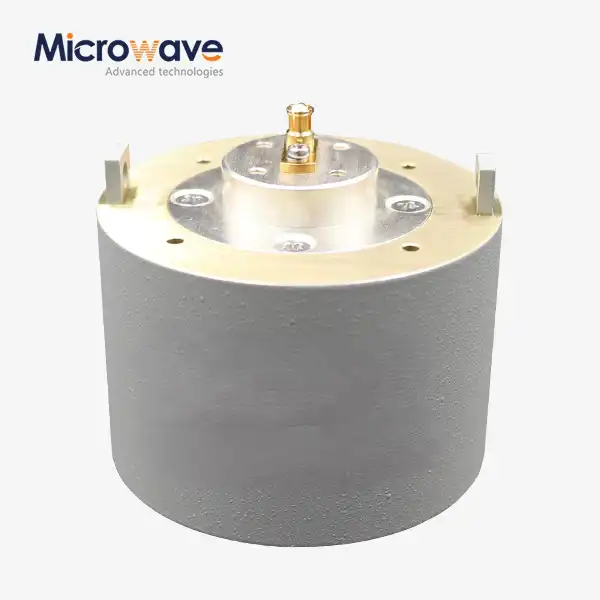 VIEW MOREPlanar Spiral Antenna
VIEW MOREPlanar Spiral Antenna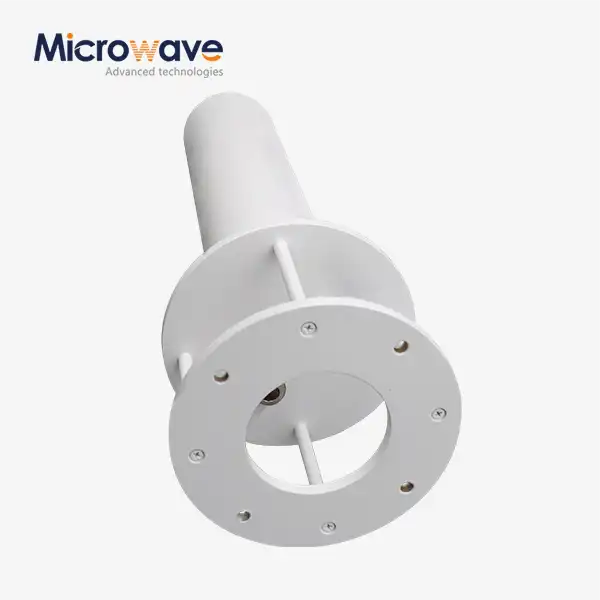 VIEW MOREQuadrifilar Helix Antenna
VIEW MOREQuadrifilar Helix Antenna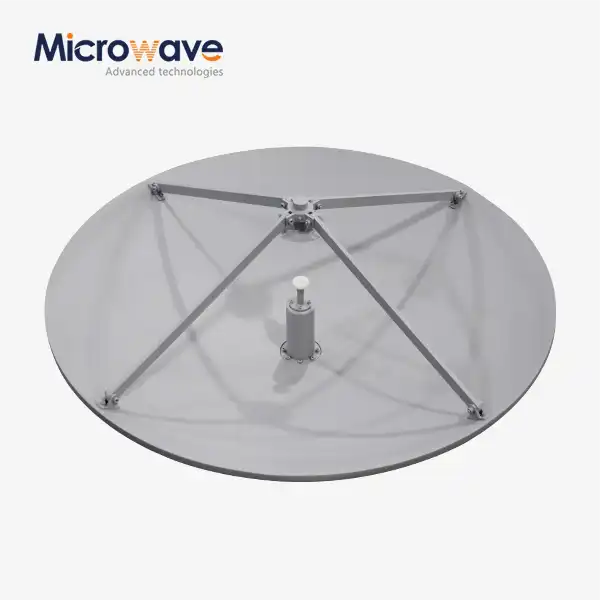 VIEW MORECassegrain Antenna
VIEW MORECassegrain Antenna




